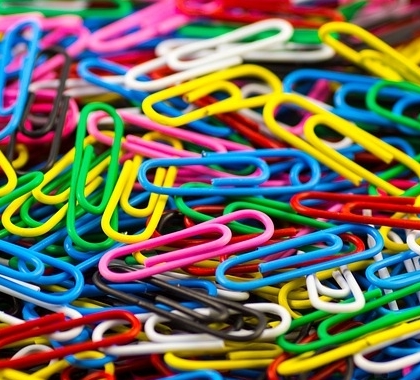Wisconsin offers five school choice options: four voucher programs and a private school tuition deduction program. The Wisconsin Department of Public Instruction released its annual school report card in late November 2017, including, for the first time, student academic growth metrics and data on private schools participating in the state’s school choice programs.
“I took a deep dive into the data, using an econometric model that takes into account a number of characteristics of Wisconsin’s schools so that comparisons can be made on an even playing field,” education researcher Will Flanders reported on rightwisconsin.com after the release of the report card. “These include control variables for race, economic status, English language learners, enrollment, and school type. My immediate takeaway: charter schools and private schools in the choice program have significantly higher student growth and higher levels of proficiency compared to traditional public schools. This is a game changer for school choice.”
Dismantling Anti-Choice Rhetoric
Flanders, research director at the Wisconsin Institute for Law & Liberty, says the new data definitively show one of the anti-choice people’s go-to arguments doesn’t hold water.
“One of the talking points that is often used by school choice opponents is that these school choice programs are creaming the best kids from the public schools,” Flanders told School Reform News. “If you look at the achievement of kids in school choice programs, they’ll say, ‘No wonder they’re doing better; they’re just taking the best kids out of the public schools.’ At least in the Wisconsin program, we can make a pretty good argument that that’s not the case. School choice programs have to take all comers, so there’s no real creaming that goes on. But nonetheless, you’ll always hear that argument.”
Choice Schools ‘Catching Kids Up’
Flanders says not only do schools of choice not cream the best kids, they improve the performance of students who enter the classroom with less knowledge than their peers.
“We really didn’t have a good way to refute [the creaming the best kids] argument,” Flanders said. “We can look at the data and say these kids are similar, but what we have this year on the state report card is what we call a measure of growth. We know all students come into the classroom, unfortunately, at a different point of learning. What growth tries to take into account is where these kids are starting from. Let’s not try to measure every kid on the same plane, because it’s a little unfair to the schools and the teachers.
“What we find is the school choice programs in Wisconsin are far exceeding the growth levels that are seen in the traditional public schools,” Flanders said. “This new data is confirmation that these school choice programs aren’t creaming the crop; they’re actually catching kids up that are coming to their schools far behind their public school peers.”
‘What We Need in Wisconsin’
Jim Bender, president of School Choice Wisconsin, says the report card shows education choice programs are a boon to his state.
“Last year was the second year of the schools in the choice programs turning over all of the data,” Bender said. “While we prefer three years of growth, to do a little more averaging, they could create a calculated score with two years of growth, which is what they’ve done. There are still some small pieces missing from the data, but from what we know, our first initial snapshot, … we are seeing higher growth rates from the schools that are participating. We also know that because the program is income-limited and the vast majority of kids in [two of the voucher programs] are in poverty locations and typically come in at a lower [knowledge] level, getting those moving up the ladder at a higher rate will get them closer or to proficiency at a faster rate.
“Those are positive results,” Bender said. “That’s what we need here in Wisconsin: higher growth rates, getting kids, especially those in poverty, getting up the ladder faster.”
Teresa Mull ([email protected]) is a research fellow in education policy at The Heartland Institute.
INTERNET INFO:
Will Flanders, “New Report Card Results Are a Game Changer for School Choice,” rightwisconsin.com, November 21, 2017: https://rightwisconsin.com/2017/11/21/new-report-card-results-are-a-game-changer-for-school-choice/





